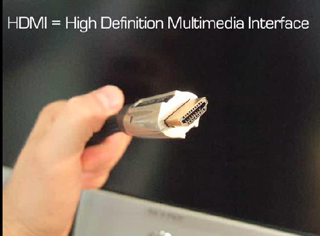LabRats #002: Television goes high-tech
Most people do not remember the times of the real plug-and-play, when all you had to do after you’d bought a spanking-new TV set was bring it home, attach an antenna, plug the whole thing in, bring your best friends over, make sure there’s enough pop corn for everybody, put extra-strong glasses on, and watch to your heart’s content. The picture was small, sure. It was black and white, certainly. And yet, it was a miracle.
Of course, not many cared about what was inside, and even then, fixing the box was better left to a trained expert.
But that’s nothing when compared to today’s television where the only drawback one can safely point out is that the new machines don’t make ice cream, do not pop corn, either, and never mind vacuuming.
In LabRats’ episode 2, Andy Walker and Sean Carruthers explain all of the new ways to connect your TV set (and it sure takes almost a full university degree to do it right!). The result, they say, exceeds one’s expectations. From the antenna, through coaxial cables, to composite links, to S-video, to component links … you’ve come a long way, baby!
Come to think of it, not much new under the sun, though: after all, a television set has always been a high-tech gadget. What HAS changed is how much of a high-tech gadget it has become lately and how we all believe we desperately need the last hurrah in the field or else we’ll become lesser people for not getting one when it was still the “in” thing to do.
As a special bonus, Andy and Sean touch upon some outrageous pricing that has affected those pieces of wire one has got to use these days … and they explain how you can get similar results (and pictures, and sounds) for much less.
That, in and by itself, is worth the price of admission.
You can find all the different connectors mentioned in this episode by going to [link removed].com and its connectors page.

